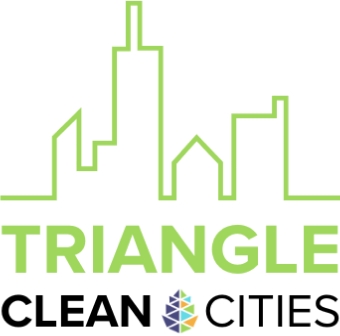Southeast Region Alternative Fuel Corridor
The Southeast Region Alternative Fuel Corridor interactive map shows locations of refill and charge stations for various alternative fuel types in the Southeast. These alternative fuels include liquefied petroleum gas (LPG), liquefied natural gas (LNG), compressed natural gas (CNG), and electric (EV). Using corridor-ready criteria established by the Federal Highway Administration, drive-distance zones were created to identify gaps in station infrastructure along interstate corridors. These buffer drive-distance zones were calculated only for stations within 5 miles of an exit along interstate corridors in the Southeast region. New stations can therefore be considered for installation in areas of the corridor network not overlapped the drive-distance zones.
History of Alternative Fuel Corridors
With the designation of alternative fuel corridors, the U.S. Department of Transportation is establishing a national network of alternative fueling and charging infrastructure along major highways. This includes plug in electric vehicle charging, hydrogen fueling, propane (LPG) fueling, and natural gas (CNG, LNG) fueling.
These corridors allow for inter- city, regional, and national travel using clean burning fuel while also addressing range anxiety. An integrative approach was used to ease these corridors into existing transportation planning process.
Drivers are notified of accessible fueling stations with proper signage along the highway. Among the first to install proper signage were South Carolina along I-26, and Minnesota along I-94.
Our Maps
Click on each fuel name to go to its designated page for a larger view of the maps.
